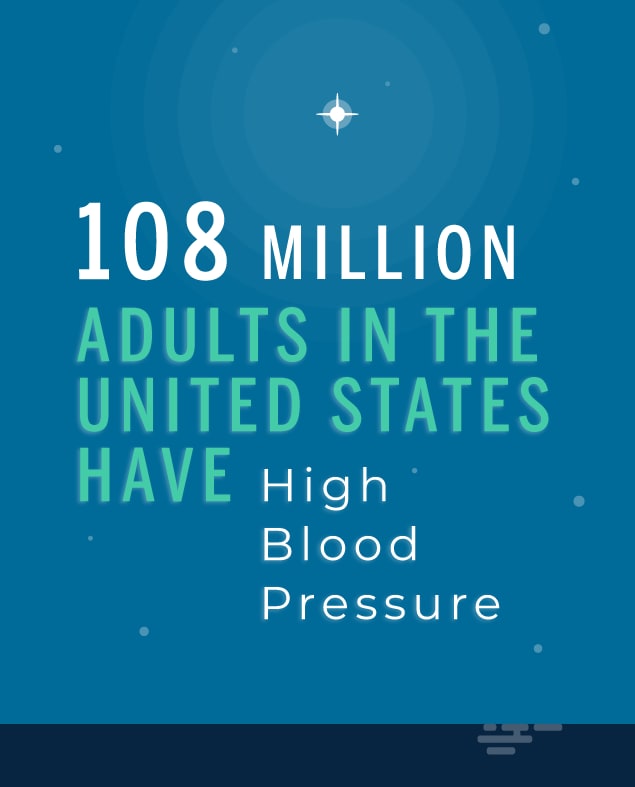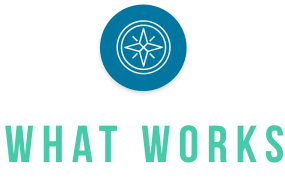Health Topics – High Blood Pressure

Overview
High blood pressure (also known as hypertension) is a common condition that can have serious health consequences, contributing to nearly 500,000 deaths per year in the United States. Nearly 1 out of 2 adults—around 108 million—have high blood pressure, and only 1 in 4 have their condition under control. Fortunately, high blood pressure is preventable and treatable.
Economic Burden
High blood pressure costs the nation about $131 to $198 billion each year. This total includes the cost of health care services, medications to treat high blood pressure, and loss of productivity from premature death. However, due to limited available data, this total does not include productivity losses from morbidity—non-fatal illnesses caused by high blood pressure.
Risk Factors
Risk factors for high blood pressure include:
Having elevated blood pressure (120-129/ <80 mm Hg)
Having diabetes
Eating foods high in sodium
Not getting enough physical activity
Having obesity
Drinking too much alcohol

Team-based Care
Team-based care is an approach to control blood pressure where care is provided by a team of health care providers who work together—such as primary care providers, nurses, pharmacists, and dietitians, – rather than by a single doctor. This strategy helps patients manage their medication, increase healthy behaviors, and follow their blood pressure control plan.
Medication Therapy Management (MTM)
Medication therapy management (MTM) is a distinct service or group of services provided by health care providers, including pharmacists, to ensure the best therapeutic outcomes for patients. It is a cost-effective strategy for increasing patient knowledge and medication adherence and lowering blood pressure and is especially effective for patients with multiple chronic conditions, complex medication therapies, high prescription costs, and multiple prescribers. The best practice guide provides the core elements, a broad range of services and evidence effectiveness about CVD prevention.
Self-Measured Blood Pressure Monitoring (SMBP)
Self-measured blood pressure monitoring involves a patient’s regular use of personal blood pressure monitoring devices to assess and record blood pressure across different time points outside of a clinical or community or public setting, typically at home. When combined with clinical support (e.g., one-on-one counseling, web-based or telephonic support tools, education), SMBP can enhance the quality and accessibility of care for people with high blood pressure and improve blood pressure control. Payers can increase patient access to SMBP monitoring devices to help accurately diagnose high blood pressure and to continue monitoring the patient for compliance throughout their treatment plan. Access can be increased with individual, provider, and health system incentives for reaching treatment goals.
Featured Resources
6|18 Evidence Summary (Control High Blood Pressure)
CDC’s 6|18 initiative provides health care partners with rigorous evidence about high-burden health conditions and associated interventions to inform their decisions to have the greatest health and cost impact. This summary provides a look at high blood pressure in the United States, evidence of the effectiveness of prevention programs, and current payer coverage for these programs.
Million Hearts® 2022 is a national initiative to prevent 1 million heart attacks and strokes within 5 years. It focuses on implementing a small set of evidence-based priorities and targets that can improve cardiovascular health for all. The Million Hearts website includes tools and action guides.
Best Practices Guide for CVD Prevention
The Best Practices Guide for CVD Prevention describes and summarizes scientific evidence behind 8 effective strategies for lowering high blood pressure and cholesterol levels that can be implemented in health care systems and that involve community-clinical links. The guide is a resource for state and local health departments, decision makers, public health professionals, and other stakeholders interested in using proven strategies to improve cardiovascular health.
Featured Tools
Health and Budget Impacts Calculator for Team-Based Care for High Blood Pressure
This tool enables modeling health and budgetary impacts of Team-Based Care for high blood pressure. Policy makers can explore the projected health and cost impacts of a universal adoption of team-based care to control high blood pressure.
Hypertension Control Change Package, Second Edition
The Hypertension Control Change Package (HCCP) presents a listing of process improvements that outpatient clinical settings can implement as they seek optimal hypertension (HTN) control. The purpose of the HCCP is to help health care practices put systems in place to care for patients with HTN more efficiently and effectively, along four primary focus areas: key foundations, equipping care teams, population health management, and individual patient supports.

